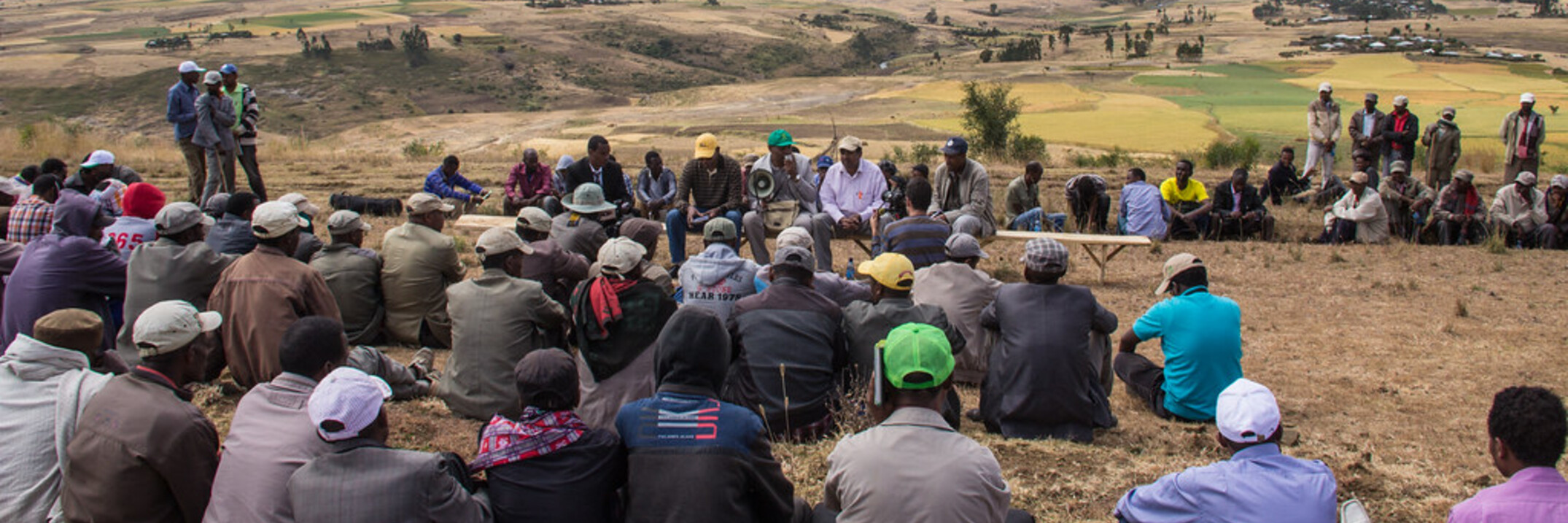In the early 1980s, disease susceptibility in short-season lentil landraces began to limit productivity in areas where relay cropping took place in Bangladesh. Since then, several improved high-yielding lentil varieties, which are resistant to rust...


